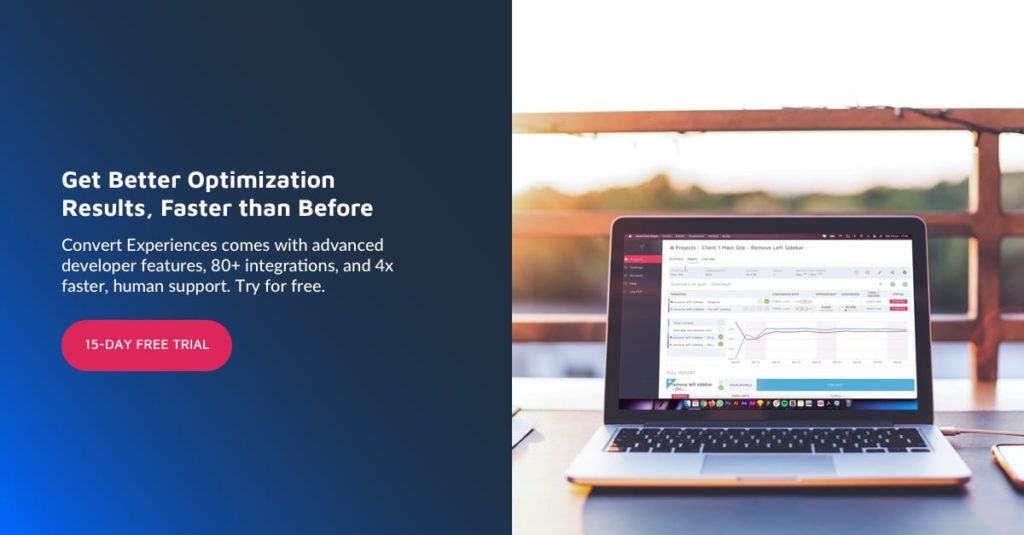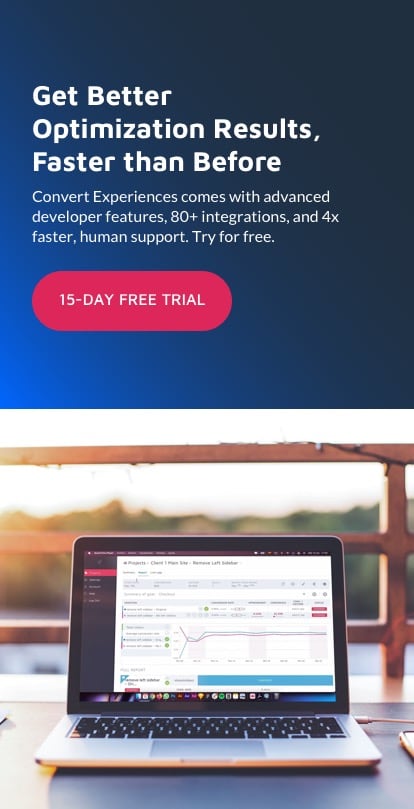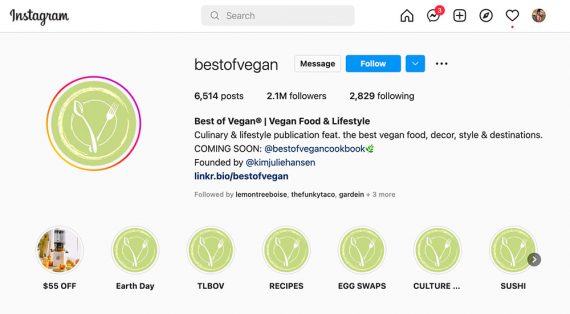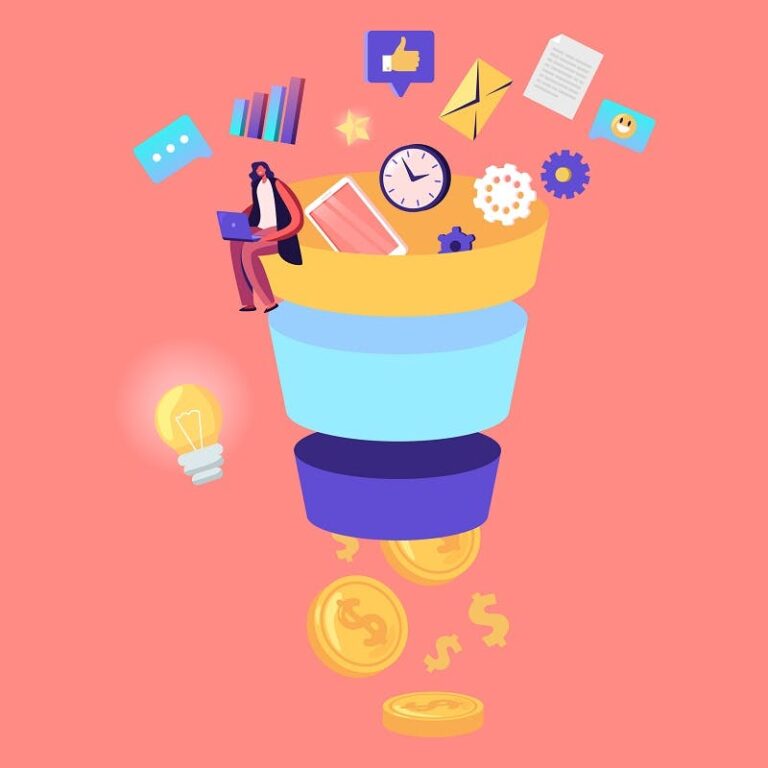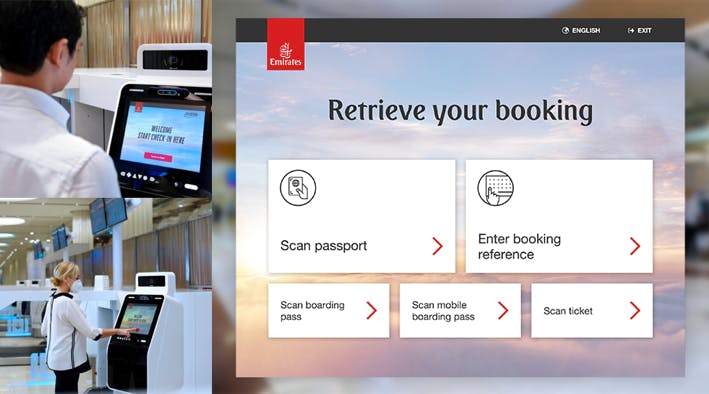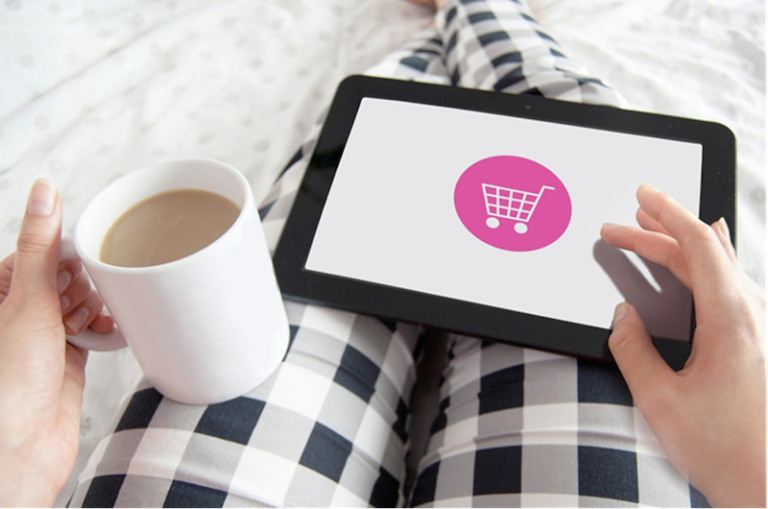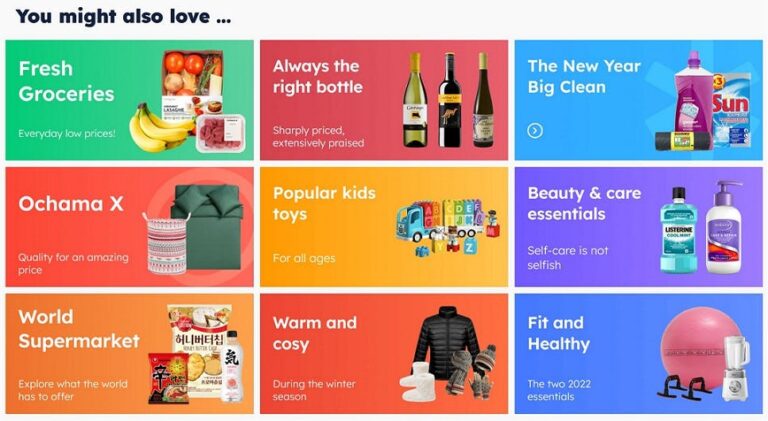With visitors flocking to your website during this pandemic, there has never been a better time to ramp up A/B testing and website optimization.
There are many ways you can use personalization to reach customers and share messaging that they can relate with.
Every optimization plan for your website is in jeopardy because of the oncoming recession. With companies looking to cut costs as they prepare for the recession, the momentum you have achieved with your testing program could be in danger.
You may have been A/B testing website changes to improve customer experience during this pandemic. But when it comes to major holidays, you can’t afford to waste time in collecting data since consumer behavior is constantly evolving. This means you need to be agile in gathering data and testing.
The focus should be on optimizing user experience for existing customers. The needs of your existing customers are different during the Covid-19 pandemic and will likely evolve after the pandemic has ended. Refining your product/services and brand presence through optimization will put your company in the best position to serve customer needs during and after the pandemic.
It’s tough to reach customers with messaging and content that is tone deaf and unempathetic of their situation.
Take advantage of the learnings from previous experiments in this pandemic. And don’t stop testing, as that is the only way to build a learning archive you can refer to in future crises.
1. Switch from Enterprise Tools to Self Service Options
It’s an opportunity for your company to optimize and improve access to information as well as reduce friction along the multiple touch points in your sales funnel.
With low advertising costs, the temptation to shift attention to customer acquisition is high. This may not be the right call as it’s easy to appear tone deaf to new customers right now. In the UK, KFC has had to pull an ad about it being “Finger Licking Good”. Not what people want to hear now, right? Coors Light in the US pulled an upcoming ad that made the claim it is the “Official Beer of Working Remotely.” Getting executive support for your optimization program is crucial during this pandemic. And the best way to achieve this is by going back to optimization basics. You need to show that increasing conversions from existing customers is the way forward rather than focusing on new customer acquisition which is expensive and difficult in the best of times. It costs 5 times to attract a new customer than to keep an existing one. Focusing on optimizing for existing customers and increasing conversions will not save the company money and increase revenue, it will put your website and brand in the best position to acquire and keep new buyer segments who will benefit from these improvements.
2. Get C-Suite Buy In
Cutting costs is imperative for any company that wants to survive the recession and thrive afterwards. But cutting costs doesn’t mean sacrificing operational efficiency and ending your entire optimization program. Your company can reduce expenses while maintaining the testing momentum you gained.
Here’s how:
3. Focus on Personalization
A more affordable A/B optimization tool presents you with the opportunity to save money, maintain testing momentum and build on it. And most importantly, it offers you a chance to save your optimization program. Your conversion optimization program will be nothing without the team that ensures customers’ needs during and after the pandemic are met without hitches. Going above and beyond for customers will be key to surviving this pandemic.
By thinking of your A/B tests as a vehicle through which you can get insights into customer behavior and problems. By solving these problems and questions that arise, you create ideas for future tests and increase wins. In addition to this, think of tests as a way to prevent any damage to the user experience of your website. With this mind shift, A/B testing becomes wins, saving your site and gaining insights that will drive growth.
Amid constantly changing consumer behavior, ecommerce stores can still serve customers whose needs have been affected by the current pandemic. While consumer behavior and attitude around holidays like Mother’s Day have changed, the fact remains that your customers will still celebrate these holidays even with a pandemic raging. This presents an opportunity for your ecommerce business to prepare for serving customers during major holidays this year.
Right now, consumer behavior has changed. Customers are moving increasingly to online shopping as they shelter in place to curb the spread of the SARS-CoV-2 virus. How do you optimize for new behavior?
The situation keeps changing and evolving, and it’s more important to stay agile, to capitalize on opportunities that arise. If there’s preparation to be done, it’s to prepare eCommerce teams with the right mindset to take advantage of any new opportunities at a moment’s notice.
4. Use Your Learning Archive
Having a testing program right now is a big win. And it is imperative that you save your optimization program as it ensures that your company makes evidence-based decisions that will enable it to survive and thrive during and after this pandemic.
The key to reaching customers right now, even if you are not actively A/B testing, is to personalize content and messaging such that they resonate with buyers on your website. Your content should be empathic and try to ease some anxieties your customers may have.
By optimizing for current customers and increasing conversions, you are adding value to your company. So, don’t be shy about showing evidence of the value your optimization team is adding to the company. As for what to test and optimize, you need to know and understand customers’ problems during this crisis. Use customer feedback to understand what issues they are facing and turn optimization efforts into solving them. For now, turn your attention towards short-term problems customers have for maximum benefits before thinking long term and recovery. Once you have solved and optimized for the short-term problems, you can move towards future problems that will arise as the world economy recovers.
5. Focus on Testing for Insights
Holidays are the best time to run multi-armed bandit tests as they give you the flexibility to gather data, test and reduce costs at the same time. It is the best way to make the most of the opportunities that comes from changing buyer behavior. This way you can serve your customers whatever their needs might be.
Having a robust optimization program means there are lessons from previous experiments you can access and use during this crisis. This makes it easy to take quick evidence-based decisions about optimizing the customer experience on your website.
6. Improve Website Readiness for the Holiday Season
A simple way of doing this to move away from enterprise A/B testing tools to self-service tools that are more affordable with comparable features and an excellent customer support system.
Buyers are anxious about the economy, their financial situation and health more than ever before. With the US economy losing 20.5 million jobs in April alone, people are right to worry.
This approach has worked well for ecommerce software, Shopify. The company has been able to make quick decisions based on insights from previous experiments in their learning archive. And it has paid off for them with the company announcing a 47% growth in revenue for the first quarter of 2020 when compared with last year.
Francis Teo, ecommerce Growth Director at Blue Lambda, says:
How do you save your optimization program and team in the middle of a global recession and pandemic?
Conclusion
For example, there is a lot of anxiety about contracting the SARS-CoV-2 virus via cardboard from online orders. Your ecommerce store can place a ‘Your Order is Coronavirus Safe’ banner via personalization to help your customers feel safer. Making the banner clickable with a page dedicated to the steps your company is taking to ensure their orders are packed safely will do wonders in allaying fears about contracting the virus when they pick up an order from your store.
